‘We are the kings of design’
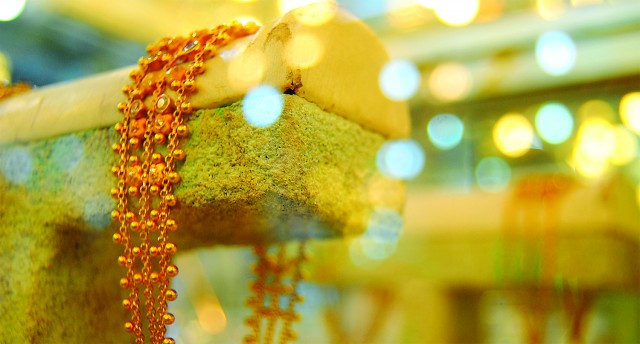
According to Haji Haroon Chand of the All Sindh Sarraffa and Jewelers Association, Jumma Ibrahim lived at a time when the bazaar was known as Shahi Bazaar. Today it has become the country’s largest gold market. And while some shopkeepers can still be seen using the old weighing scale, also referred to as the Islami Kanta, most of them prefer the electronic ones.
“All the gold in the country that comes from foreign countries like the UK, Switzerland etc via Dubai is received at the Sarraffa Bazaar and distributed from here,” said Haji Haroon Chand.
Nazeer Ahmed has been at the bazaar for 62 years. “I have been here since the market was just a cluster of random shops,” he recalled, putting the number at about 22. His specialty was Mughal jewelry which he brought with him from Delhi.
Skilled goldsmiths still make the famous Lakha, Teen, Sat Laras and Kundan work, as well as the pure gold and Jarao sets. Chand boasted that they used to make jewelry from all four provinces but with inflation and changing tastes, few orders come for the traditional look.
The bazaar has expanded to about 1,800 wholesale and retail shops, workshops and refineries. Apart from goldsmiths who create contemporary designs, customers can find the special artisans called Zargars who have kept the traditional Baloch look alive. And the good news is that because there are so many shops, competition is stiff and customers can haggle for a good bargain.
The market is dominated by the Halani Jamaat of the Memon community as well as the old Urdu-speaking goldshops who mostly own the workshops. “All the designs that are seen in the city are the creations of our karigars,” claimed a proud Abdul Rauf.
It was from the Sarraffa Bazaar that goldsmiths spread out to other hubs in the city such as Tariq Road and Saddar, Hyderi. “We are the kings of all designs and the fathers of all the gold markets in the city,” said Abdul Rauf.
The market was also known as the home of antique pieces that families fallen on hard times would come to sell. “We used to get precious antiques from walk-in customers,” recalled shopkeeper Abdul Majid. They would come with the sarasari head ornament, the ‘glove-like’ panjas, medals, buttons, broaches, coins, decoration pieces, plates, crockery and cuttlery.
For Abdul Majid, the bazaar was in full bloom during the time of Zulfikar Ali Bhutto when even the poorest of the poor had a chance to do business. “They were the good old times when there were no worries of looting and plundering, insecurity,” he said.
The Sarraffa Bazaar may be tucked away in Karachi, but it certainly feels the international changes. “Our business is almost always affected if there is any big calamity in the world as our trade routes are affected,” explained Abdul Rauf. “If the political condition of the country is disturbed or if the dollar fluctuates.”
He even felt that the gold rate, that is already at a record high of Rs38,650 per tola, could go up if the Gaza tensions escalate. Definitely bad news for wedding planners.
Published in the Express Tribune, June 3rd, 2010.

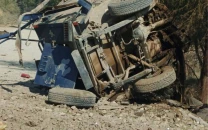
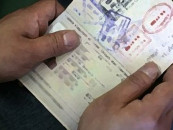
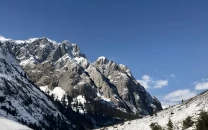

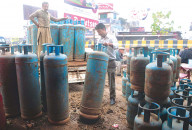
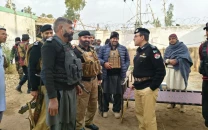












COMMENTS
Comments are moderated and generally will be posted if they are on-topic and not abusive.
For more information, please see our Comments FAQ